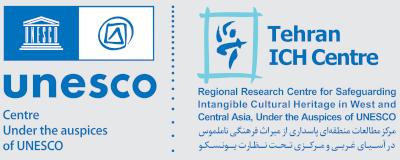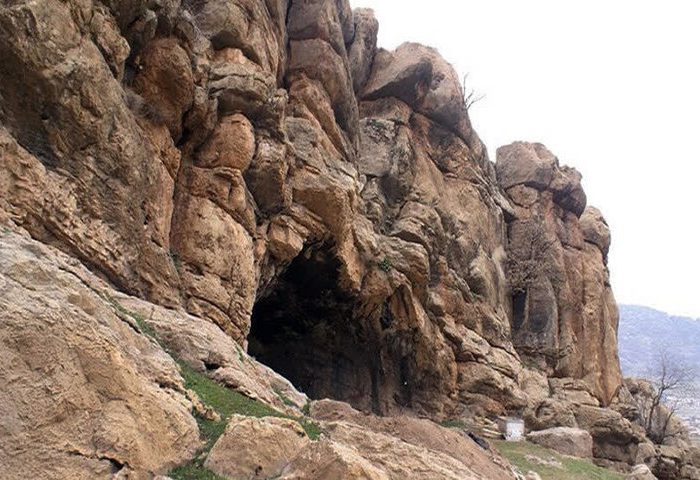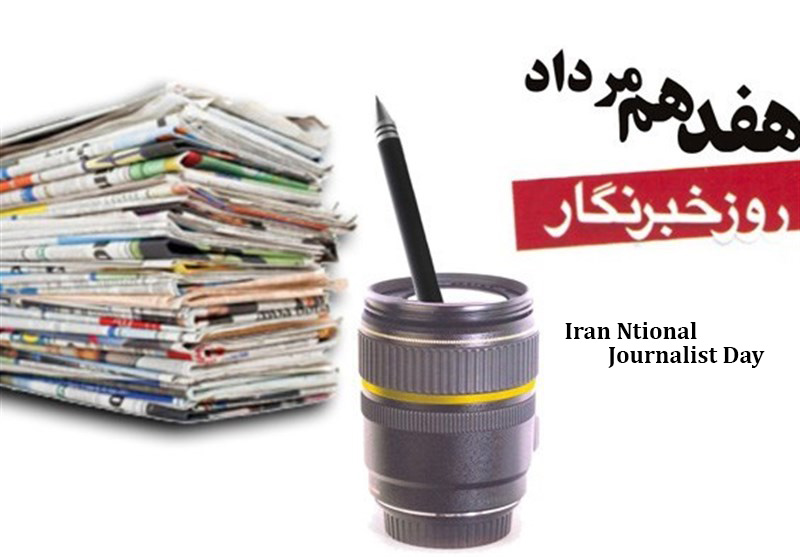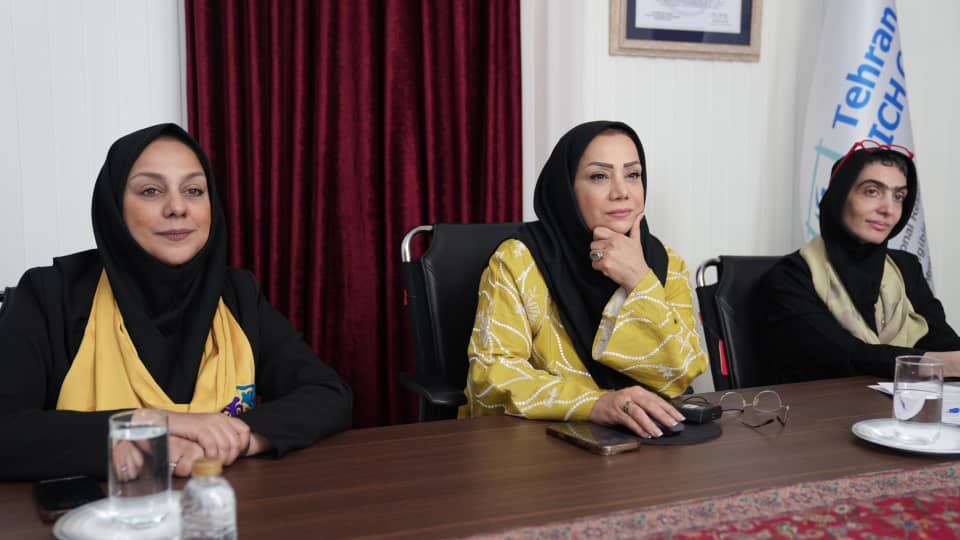At the 47th session of the UNESCO World Heritage Committee — Paris, July 2025 —
the world stood still in reverence,
as Iran once again etched its name on the scroll of global heritage,
with the inscription of
“The Prehistoric Caves and Falak-ol-Aflak Ensemble of Khorramabad Valley”
as a site of Outstanding Universal Value under Criterion (iii).
Heartfelt congratulations to the proud and enlightened people of Iran
on this monumental achievement;
and profound gratitude to the Ministry of Cultural Heritage, Tourism and Handicrafts,
and to the dedicated heritage stewards and cultural custodians of Lorestan,
whose unwavering commitment brought this legacy to light.
This is not merely an archaeological file —
it is a living testimony to the dawn of human intellect,
the birth of symbolic life,
and the profound transition from instinct to meaning.
In the depths of ancient Zagros caves,
archaeologists uncovered a pendant made of marine shells
carried from the distant shores of the Persian Gulf
to adorn the necks of the first conscious humans.
Ochre pigments, deer-tooth ornaments,
sophisticated Baradostian tools,
and Mousterian layers of Neanderthal occupation —
all bear witness to a singular truth:
Here, humans did not merely survive — they created, adorned, and became.
Konji Cave, Konji Aliya, Pasangar Shelter, and others in this valley
are not just prehistoric dwellings —
they are cradles of thought, of beauty, of language, of belief.
Today, with 29 inscribed tangible sites,
Iran stands among the top 10 countries on the UNESCO World Heritage List;
and with 26 intangible heritage elements registered in just four years,
it now proudly holds the 4th global rank in the domain of living heritage.
From the heart of Zagros, a voice rose —
a voice that echoed across the earth:
“This is a treasure for all humanity.”
In the name of Iran,
In honor of humankind,
In celebration of culture.
Atusa Momeni




